The Frozen Banana Republic
Can Iceland even grow bananas?

That sounds implausible: Just look at the island nation’s pitted igneous landscape and brutal climate. But the claim isn’t as ridiculous as it sounds. A rumor has circulated for the last 60 years proclaiming Iceland to be the banana capital of Europe.
Spoiler alert: It’s not. But where did this rumor come from? Can Iceland even grow bananas? With average temperatures registering between 32 Fahrenheit in winter and a tepid 50 at the height of summer, Iceland’s climate seems most suitable for growing mold and frostbite.
But Iceland’s secret to agricultural innovation lies beneath the surface – way beneath.
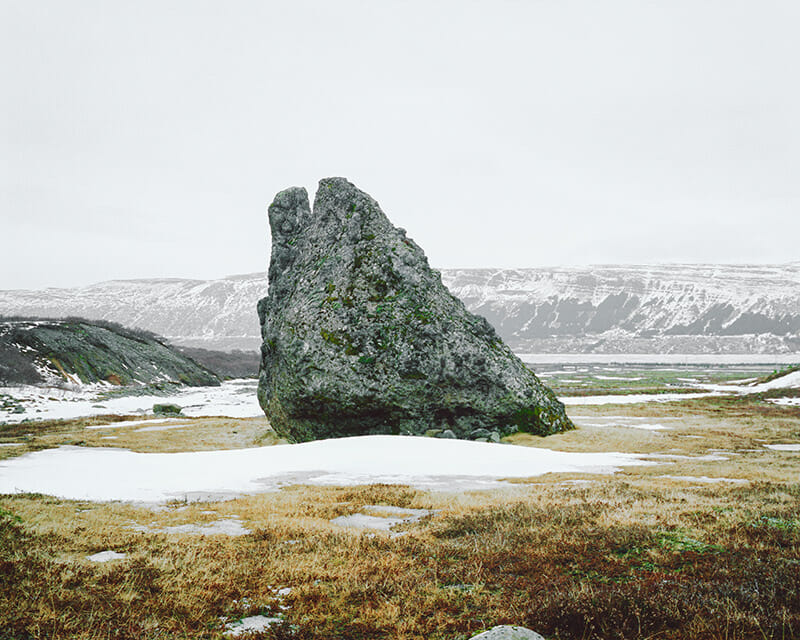
The island straddles the mid-Atlantic ridge, where the Eurasian and the North American tectonic plates meet. The plates are very slowly pulling apart, allowing heat from the Earth’s core to escape. More rarely, lava emerges, as was the case with the 2010 eruption of EyjafjallajÁ¶kull, whose ash cloud caused chaos for travelers across the Northern Hemisphere. Less dramatically, this heat is escaping constantly through geysers, making hot springs a common feature on the southern part of the island.
Since the 1920s, Icelanders have been harnessing this geothermal energy to heat their homes. It’s a cheap and effective source of renewable energy, and in the 1940s, Iceland’s agricultural mavericks began looking at how this energy could be pushed further, to heat greenhouses growing vegetables, flowers and, in theory, bananas, which during World War II had become a rare and expensive commodity.
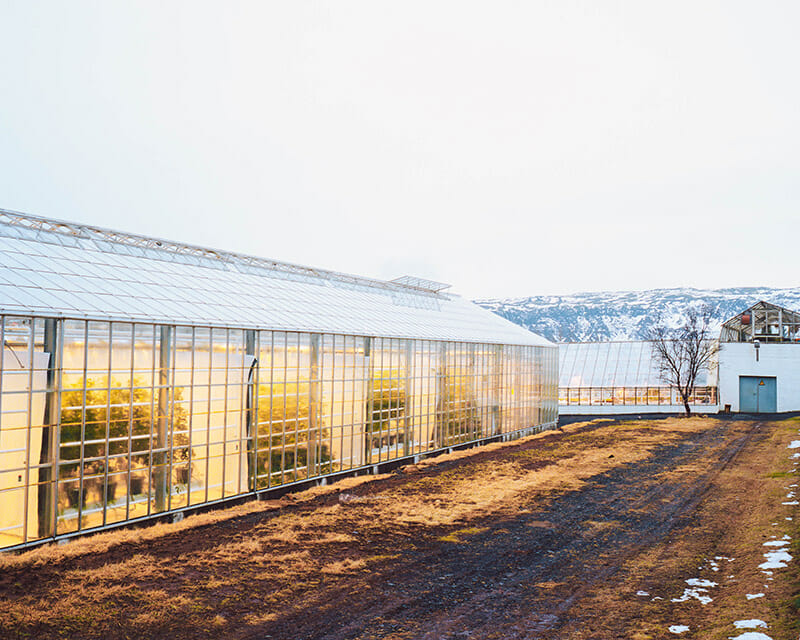
Iceland’s banana plantation sits atop a 5,000 year-old lava field some 27 miles east of ReykjavÁc at the Agricultural University of Iceland in HveragerÁ°i, though perhaps the title plantation is slightly grandiose. At around 11,000 square feet in size – less than a quarter the size of a football field – this single greenhouse holds all of Iceland’s banana plants.
Built in the late 1940s, this tropical glass greenhouse is virtually indistinguishable from the hundreds of others like it found all over the island. Water drips from the ceiling, and every few minutes, the blisteringly hot pipes that run through the middle of the plant-rows noisily clunk and groan.
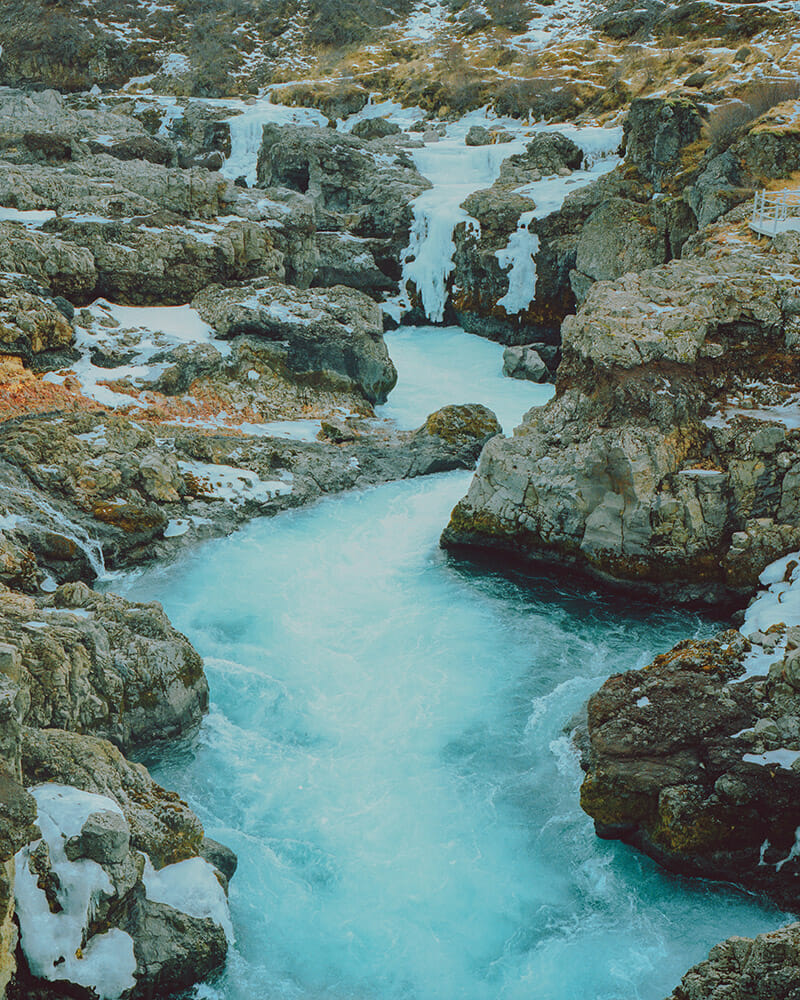
It might not be a plantation, but hanging from an eight-foot plant marked bananajurt musa x paradisiacal are a dozen or so large, green bunches of bananas. The English translation beneath reads: “Edible banana.”
Bananas can grow in Iceland. So what’s stopping them from grabbing the title of banana capital?
“Banana plants can only bear fruit once, and it takes a year and half for them to reach maturity,” greenhouse manager Elias Á“skarsson explains. “And they take an awful lot of work to maintain for such little yield.”
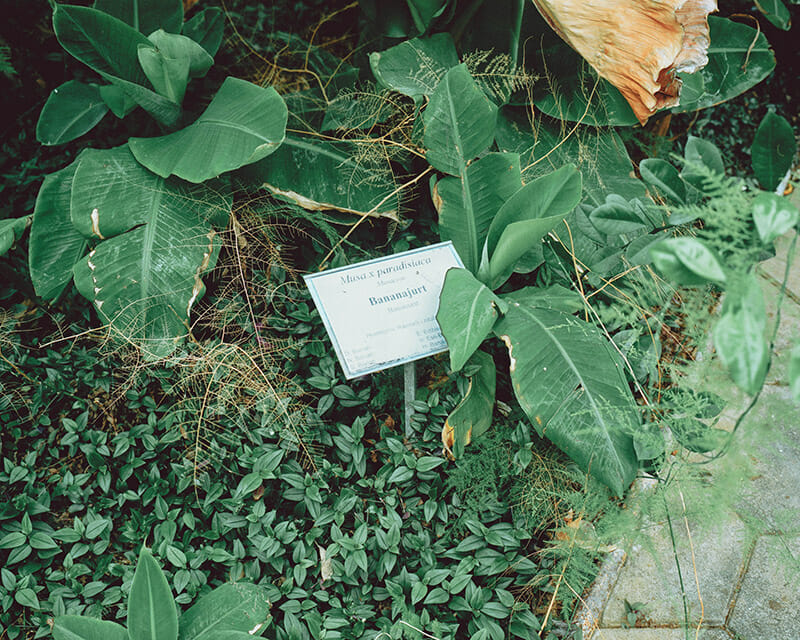
Despite the geothermal heat, growth that takes a few months in Africa or South America drags on for 18 months in Iceland. This is due to the sun’s Arctic schedule, which plunges the island into extended darkness in winter and almost perpetual sunshine in summer. “The plants go a bit crazy,” agricultural student and gardener StefÁ¡n Deildartungu says.
By the late 1940s, farmers who’d invested in banana plants as a potentially high-income, high-yield crop realized this and began donating their dud plants to the Agricultural University. When the government lifted a ban on imported fruits and vegetables in the 1960s, Iceland’s ambitions to be the banana king of Europe were crushed for good.

More than 50 years later, the Agricultural University’s 600 banana plants are thought to be the last remnants of the 1930s strain from which they evolved. Around a ton of these bananas are grown every year, though they cannot be sold for profit, as the university is government-owned. As a consequence, only the staff and students eat Icelandic bananas, while the rest of the Icelandic population tuck into an average of 40 pounds of imported bananas per capita each year.
While Iceland’s banana experiment was a commercial failure, the Agriculture School continues to pioneer new domestic agricultural methodologies and crops, including experiments with American-imported Mexican tomatillos, which grow surprisingly well in the extreme light.
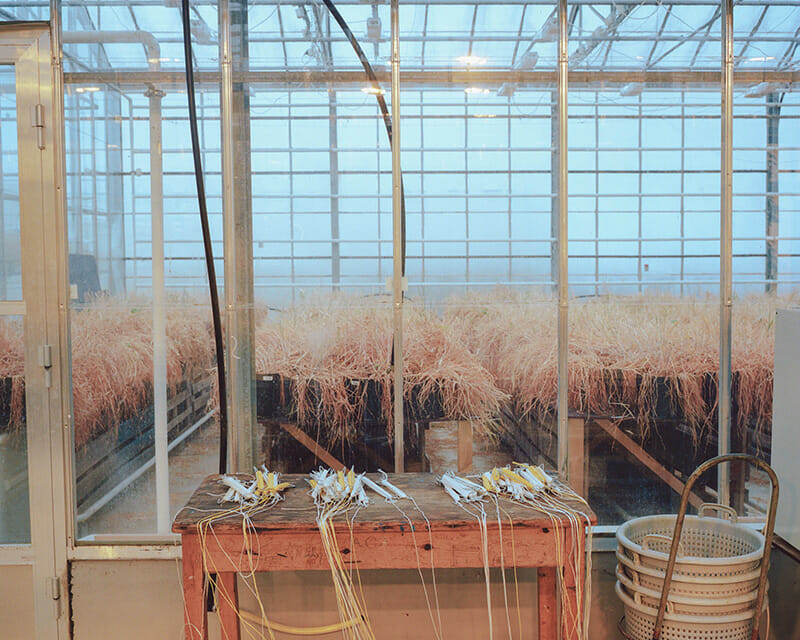
The university also continues to draw tourists and visitors looking for Iceland’s mythical plantation. “Lots of people come just to look. It’s become famous. They might not see lots of bananas, but they’re always impressed with the facility,” Deildartungu says. “Iceland is a country of sustainability. It’s hard to grow things here, but we do it.”
For Deildartungu, the idea of closing the banana house is incomprehensible: “We cannot throw these plants away. They are the only banana plants in Iceland!” Á“skarsson’s attitude is slightly more romantic. As he says, “They’re the only place in the world this specific strain of banana now exists. In a way, it’s like they’re frozen in time.”
Follow us
This work is licensed under a Creative Commons Attribution-NoDerivatives 4.0 International License.
Want to republish a Modern Farmer story?
We are happy for Modern Farmer stories to be shared, and encourage you to republish our articles for your audience. When doing so, we ask that you follow these guidelines:
Please credit us and our writers
For the author byline, please use “Author Name, Modern Farmer.” At the top of our stories, if on the web, please include this text and link: “This story was originally published by Modern Farmer.”
Please make sure to include a link back to either our home page or the article URL.
At the bottom of the story, please include the following text:
“Modern Farmer is a nonprofit initiative dedicated to raising awareness and catalyzing action at the intersection of food, agriculture, and society. Read more at <link>Modern Farmer</link>.”
Use our widget
We’d like to be able to track our stories, so we ask that if you republish our content, you do so using our widget (located on the left hand side of the article). The HTML code has a built-in tracker that tells us the data and domain where the story was published, as well as view counts.
Check the image requirements
It’s your responsibility to confirm you're licensed to republish images in our articles. Some images, such as those from commercial providers, don't allow their images to be republished without permission or payment. Copyright terms are generally listed in the image caption and attribution. You are welcome to omit our images or substitute with your own. Charts and interactive graphics follow the same rules.
Don’t change too much. Or, ask us first.
Articles must be republished in their entirety. It’s okay to change references to time (“today” to “yesterday”) or location (“Iowa City, IA” to “here”). But please keep everything else the same.
If you feel strongly that a more material edit needs to be made, get in touch with us at [email protected]. We’re happy to discuss it with the original author, but we must have prior approval for changes before publication.
Special cases
Extracts. You may run the first few lines or paragraphs of the article and then say: “Read the full article at Modern Farmer” with a link back to the original article.
Quotes. You may quote authors provided you include a link back to the article URL.
Translations. These require writer approval. To inquire about translation of a Modern Farmer article, contact us at [email protected]
Signed consent / copyright release forms. These are not required, provided you are following these guidelines.
Print. Articles can be republished in print under these same rules, with the exception that you do not need to include the links.
Tag us
When sharing the story on social media, please tag us using the following: - Twitter (@ModFarm) - Facebook (@ModernFarmerMedia) - Instagram (@modfarm)
Use our content respectfully
Modern Farmer is a nonprofit and as such we share our content for free and in good faith in order to reach new audiences. Respectfully,
No selling ads against our stories. It’s okay to put our stories on pages with ads.
Don’t republish our material wholesale, or automatically; you need to select stories to be republished individually.
You have no rights to sell, license, syndicate, or otherwise represent yourself as the authorized owner of our material to any third parties. This means that you cannot actively publish or submit our work for syndication to third party platforms or apps like Apple News or Google News. We understand that publishers cannot fully control when certain third parties automatically summarize or crawl content from publishers’ own sites.
Keep in touch
We want to hear from you if you love Modern Farmer content, have a collaboration idea, or anything else to share. As a nonprofit outlet, we work in service of our community and are always open to comments, feedback, and ideas. Contact us at [email protected].by Betty Wood, Modern Farmer
November 13, 2014
Modern Farmer Weekly
Solutions Hub
Innovations, ideas and inspiration. Actionable solutions for a resilient food system.
ExploreExplore other topics
Share With Us
We want to hear from Modern Farmer readers who have thoughtful commentary, actionable solutions, or helpful ideas to share.
SubmitNecessary cookies are absolutely essential for the website to function properly. This category only includes cookies that ensures basic functionalities and security features of the website. These cookies do not store any personal information.
Any cookies that may not be particularly necessary for the website to function and are used specifically to collect user personal data via analytics, ads, other embedded contents are termed as non-necessary cookies.